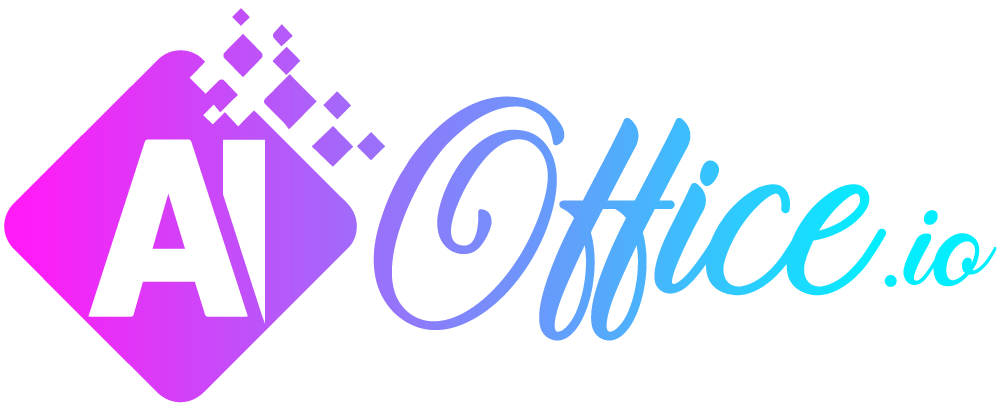What Are Quick Links & How Can They

Admin
AI Research Analyst | 24 April 2025Table of Content












Any button or word serving as a quicklink functions as part of your website. After clicking the link, users can reach different areas of the website.
Effective navigation through your website depends heavily on quick links. Little indicators borrow their structure from warning signs and assistance signals. Visitor services assist users by directing them to necessary areas and directing them toward the targeted content.
A quick click from the homepage will send your visitors either to your blog, sign-up page or to a collection of useful content. Placing links together creates a system that enables website visitors to shift instantly between different pages without confusion.
Why Use Quicklink for Optimization?
The Quicklink software incorporates a technology specifically developed to improve website speed. Quicklink examines links that are visible on a webpage while it prepares upcoming pages for instant access before any user interaction. Since page loading begins in advance the next web page displays at incredible speed after your click.
The developer of Quicklink is Addy Osmani. He concentrates his work on developing the Google Chrome browser as the principal engineering leader. His extensive exposure to writing efficient JavaScript code has taken up much of his time. Osmani has contributed to developing better website load speeds for single-page applications and multi-page websites during his work.
The Quicklink solution provides various benefits that help accomplish multiple tasks, including:
- Making multi-page websites load faster
- Making single-page apps load faster
- The application helps website visitors extend their time spent on the page
- The system increases user participation through registration or purchasing activities.
- Your website attracts visitors to return
- The website becomes simpler and quicker to utilize across all user groups
Quicklink Tool to Make Your Website Work Faster
The essential functionality of Quicklink consists of its tiny file size (smaller than 1kb) as well as its ability to boost website navigation speed. Preparing website pages and site components occurs simultaneously with user clicks through this mechanism. People experience immediate operation with minimal delays while using Quicklink because of its pre-fetch capabilities.
The tool performs admirably across all present-day web browsers.
Here’s how Quicklink works:
- The system uses Intersection Observer to detect links that currently appear on view.
- Before executing its work the script utilizes requestIdleCallback to wait until the browser has empty time.
- The application determines internet speed and data-saver mode status through the effectiveType property of the navigator. Connection and the saveData property of the navigator connection respectively.
Additional information about Quicklink optimization for React speed and its operation between single-page and multi-page structures exists in the available literature.
The tool for Drupal website development, called Quicklink, presents itself in the form of a user-friendly module.
The easy integration of Quicklink as a tool requires developer setup because it implements automatic smart settings. Through its interface developers get various choices including selecting different kinds of pages and links with debug mode activation and further options for managing data distribution according to needs.
How QuickLink Makes Your Website Work Better?
Medium and Dev. and their sister blogging systems dedicate substantial efforts to engaging their audience. The websites deploy Quicklink technology to eliminate link delays when readers move from one post to another.
The typical blog page design includes multiple links between articles as well as author bios with comment sections next to them. Links loaded in advance through Quicklink enable users to browse additional content right away.
The length of stay or departure on blog pages mirrors similar behavior on product pages. Readers will likely become uninterested if they encounter a delay. The addition of Quicklink to blog pages drives positive reader experiences while extending their page engagement.
Advantages of Quicklinks
Proper implementation of Quicklink on websites with multiple or single pages generates many advantages:
- Quick response timing and faster execution become possible when using the website.
- The website becomes more pleasant to handle and easier to navigate.
- The website becomes more efficient in resource usage through Quicklink, therefore avoiding unnecessary data consumption.
- Google search engine will prioritize your website better, thereby improving search discoverability.
- The website operates smoothly for users who experience slow internet connections because of Quicklink.
Analyzing and Measuring User Behavior
Improving website performance serves mainly to increase financial revenue. Google Analytics 4 (GA4) stands as a widespread tool for monitoring the effectiveness of Quicklink in website environments. Google Analytics 4 enables website owners to monitor visitor interactions with their sites that have Quicklink integration.
- Several critical elements need evaluation to evaluate Quicklink's operational effectiveness.
- Google Analytics shows bounce rate as the measure of quick website departures, regardless of whether users spent under 10 seconds or did not interact with any content or view additional pages.
- Users enter engaged sessions by staying active on the website, thus representing the opposite of a bounce session.
- Event Count stands for the complete number of actions and events users complete on the website.
- Every website session generates a specific number of events as measured by events per session.
The specific metrics organizations need to monitor depend on their business nature along with their website structure. Users should analyze these data points before Quicklink implementation to determine its effect on website performance and business expansion.
Frequently Asked Questions
What are some best practices for designing quick links?
Use concise and clear labels, logically group related links, provide high visibility, and ensure the links are responsive to both desktop and mobile users.
Are quick links internal links?
No, although both are used for navigation, quick links are special-purpose shortcuts to important pages, usually positioned in fixed locations, while internal links are contained within the content itself.
How are quick links customized in tools such as SharePoint or Teams?
Tools such as SharePoint and Microsoft Teams permit users to insert, arrange, and personalize quick links to key documents, pages, or tools for quicker access to the platform.
What are Quick Links Cards?
Quick Links Cards are styled items on a website or application that bring attention to and make easily accessible repeated-use links or resources, improving navigation effectiveness.
How do quick links facilitate accessibility?
Quick links facilitate accessibility by providing easy navigation routes, beneficial for persons with disabilities who might find it challenging to use complicated menus.
Conclusion:
The tool known as Quicklink functions as a website navigation accelerator that loads the next probable pages in advance for users. The tool identifies visible web page links before loading them in the background to speed up navigation and decrease waiting time. Through its functionality, Quicklink boosts website performance by improving speed as well as resource efficiency with special benefits for users with poor internet connections.
The tool supports improved SEO results and better user page visits. Website owners use Google Analytics 4 (GA4) to monitor vital performance indicators, including bounce rate, engaged sessions, and event count, thus allowing them to assess Quicklink's effectiveness.
The comparison of key performance indicators throughout implementation helps businesses determine Quicklink's impact on customer behavior and website efficiency, which results in improved user experience and growth in customer engagement and financial returns.


